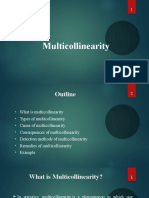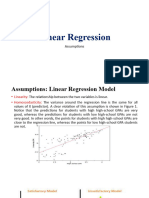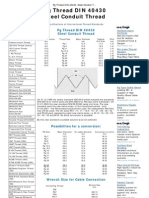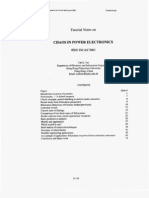0% found this document useful (0 votes)
36 views24 pagesLecture 4 - Multicolinearity
The document discusses multicollinearity in regression analysis, defining it as the presence of linear relationships among regressors that can affect the reliability of regression coefficients. It outlines sources of multicollinearity, its consequences, and methods for detection, including high R² values with insignificant t ratios and high variance inflation factors (VIF). The document also suggests potential remedies, such as restructuring the model or dropping correlated regressors.
Uploaded by
thuongnguyen.31231022167Copyright
© © All Rights Reserved
We take content rights seriously. If you suspect this is your content, claim it here.
Available Formats
Download as PDF, TXT or read online on Scribd
0% found this document useful (0 votes)
36 views24 pagesLecture 4 - Multicolinearity
The document discusses multicollinearity in regression analysis, defining it as the presence of linear relationships among regressors that can affect the reliability of regression coefficients. It outlines sources of multicollinearity, its consequences, and methods for detection, including high R² values with insignificant t ratios and high variance inflation factors (VIF). The document also suggests potential remedies, such as restructuring the model or dropping correlated regressors.
Uploaded by
thuongnguyen.31231022167Copyright
© © All Rights Reserved
We take content rights seriously. If you suspect this is your content, claim it here.
Available Formats
Download as PDF, TXT or read online on Scribd
/ 24






















































































